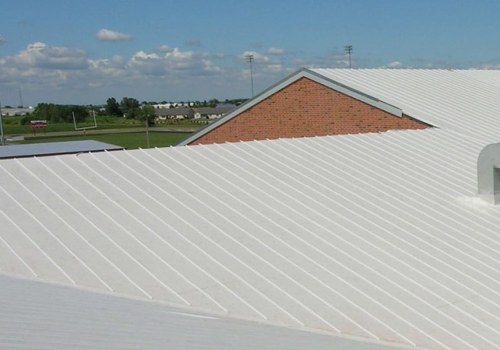Roofing felt should not be exposed to the weather for more than one or two weeks. The elements easily damage the roofing felt base despite being somewhat waterproof. Roofing felt also dries in direct sunlight, which ultimately causes the material to crumble. However, above all, synthetic underlayments can withstand much longer exposure than asphalt felt.
How do the two compare in terms of exposure? Let's take a look. Depends on brand and base type, most new synthetic base coats are valid for 6 months of exposure. All this means that asphalt felt should only be used when the roof is covered on the same day. The synthetic subfloor, on the other hand, is resistant to moisture and extreme temperatures.
Plystick Plus, our peel and stick base, can be left exposed for up to six months. You can leave the ceiling subfloor exposed for two weeks to twelve months, depending on the type. A felt base coat has a shorter exposure rating of one to two weeks, while it can expose a synthetic base coat for six to twelve months. To avoid the degradation and limitations that come with a felt base, get a synthetic roof base that will serve you for years to come.
Although Roofing Felt is the protective layer, it can get wet. Perhaps, even when wet, roofing felt will maintain its integrity until it is exposed to other elements for more than a week or two. It can even break down in sunlight, as well as due to the amount of moisture. You know your roof subfloor is intact and can safely protect your home until the next available roofer.
Allows you to place the subfloor and focus on other parts of the roof while you wait for your shipment to arrive. However, if you have significant damage and you need to replace the felt of the entire roof, it will cost you much more. Asphalt has been the standard for decades and is still a popular choice because roofers are familiar with it and because it is usually cheaper to install. Tar paper, also known as roofing felt, is a volatile moisture barrier, as well as the additional protective layer between plywood and shingles.
Ideally, the roofing felt should be dry when the shingles are installed to prevent them from breaking, but it is still possible to install it when it is wet. If you are replacing older roofing felt that contains asbestos, store it in a plastic bag before disposing of it in the toxic waste service. Used as waterproof roofing on commercial and residential roofs for decades, these membranes comprise two layers, meaning they are waterproof. Wind-driven rain or snow can trap water under the shingles, putting the roof deck and indoor residence at risk of damp, leakage, rot and mildew damage.
Also, if a shingle falls off in a storm, the 30-pound felt is much less likely to break along with the shingle, keeping your roof protected. This makes it a challenge both for homeowners, who need something to cover their roof immediately, and for roofers, who are struggling to serve everyone in need. In addition, if the roofing felt remains damp for a long time, it may break when installing the shingles. No nailing is necessary, which reduces labor, and the rollers can be installed by a single worker, as the subfloor adheres to the roof deck as it is unrolled.
This product is used under fiberglass shingles and requires only a few nails and a little patience to install. With proper ventilation and properly installed, you should get about 80-85% of the life of an asphalt roof. Even the smallest source of fire at the base of your roof, such as a match, can wreak havoc on your home. .



